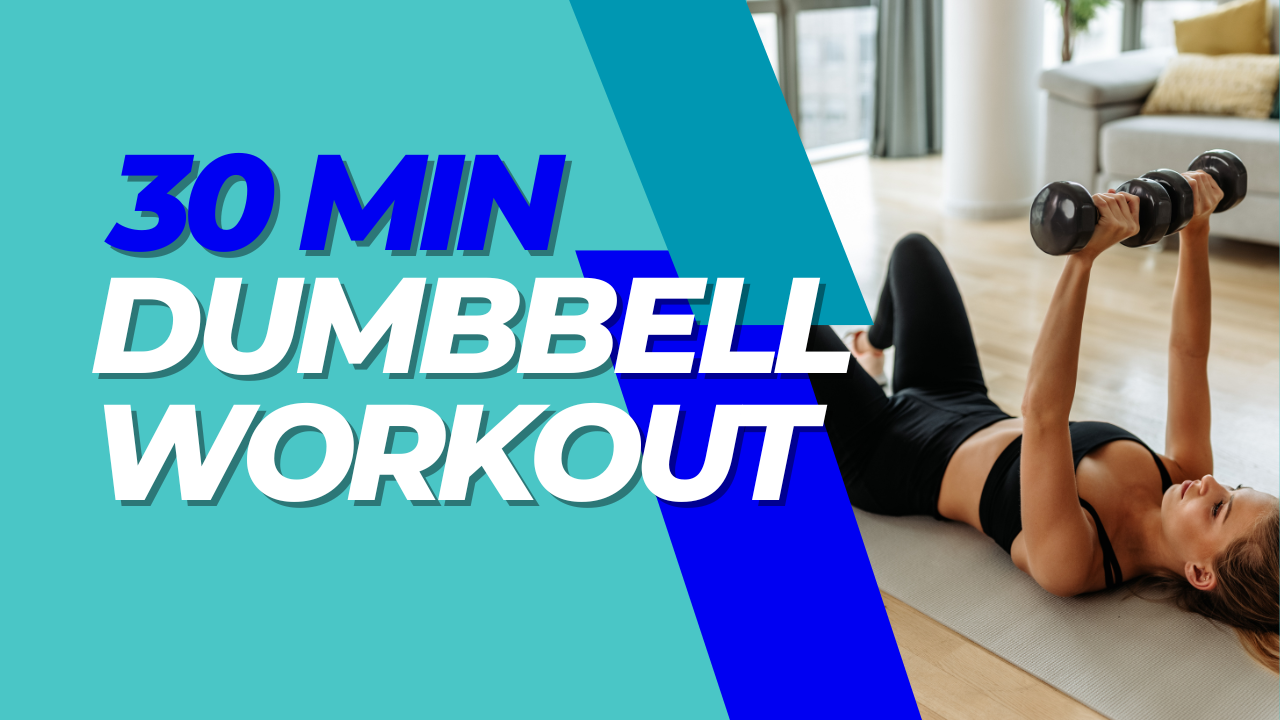
IN THIS POST
You’re busy and have A LOT on your plate, which is why you’re here.
You need a workout that maximizes the little time you do have.
Lucky for you, this quick total body dumbbell routine is designed to give you the most bang for your workout time buck.
30 minute full body workout routine
- 1A.) Pause goblet squat: 2 sets x 8-10 reps
- 1B.) Push-ups: 2 sets x 10-15 reps (or AMRAP if 10-15 is too easy)
- 2A.) Reverse lunges (each leg): 2 sets x 8-10 reps
- 2B.) Kneeling Arnold shoulder press 2 sets x 8-10 reps
- 3.) Zottman curl: 2 sets x 10-12 reps
Rest time: 2 minutes between sets.
You’ll notice there are a few numbers followed by a letter.
This is what’s called a “superset.”
A superset means performing a set of one exercise first and without any rest jumping into the second exercise.
For example, take a look at 1A and 1B in your workout.
You perform one set of pause goblet squats and after you’re done with that do a set of push-ups.
You only rest after getting done with a set of each exercise.
You also have another superset in your workout–reverse lunges and Arnold shoulder press.
Just do the same thing.
Perform a set of reverse lunges, perform a set of kneeling Arnold press, then rest.
1A.) Pause goblet squat
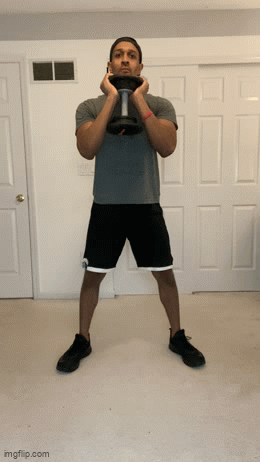
This is your traditional goblet squat, except you’re adding a pause at the bottom to increase time under tension (TUT) on your muscles.
You want this because as TUT goes up so do muscle growth and strength.
To perform a pause goblet squat, get your feet roughly hip-width apart.
Your toes should be pointed outward slightly as well.
How you perform the squat will determine what muscles get emphasized:
- Having a slight lean forward in your torso will hit more glutes.
- If you keep your chest upright as you’re squatting down, you’ll activate more quads.
- A wider stance will target more inner thighs.
1B.) Push-ups
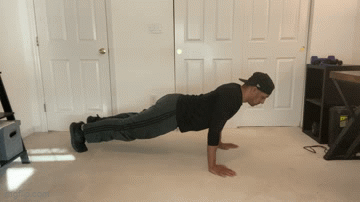
Here are some form tips when performing push-ups:
- Keep your spine neutral (I.e. don’t stick your butt up in the air)
- Brace your core. Two cues for this: Pretend someone’s about to punch you in the stomach and like you’re trying to squeeze a piece of paper between your butt cheeks.
- Hand placement: Shoulder-width apart or slightly outside that.
- Your wrists should be in line with your shoulders.
If you struggle with push-ups make sure you download the guide below.
It’s a push-up progression plan that will help you get your very first one and then crank out multiple ones in a row.
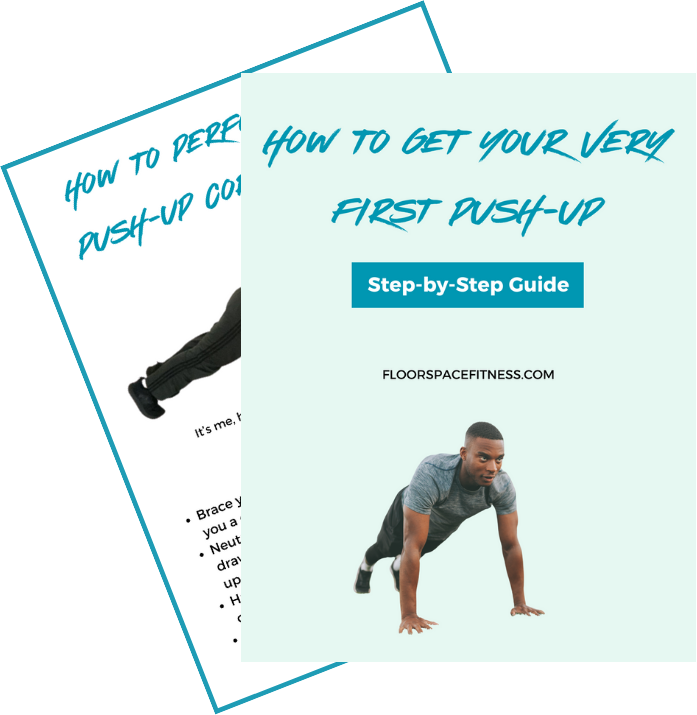
If you’re unable to do traditional push-ups from the floor here a couple variations to try:
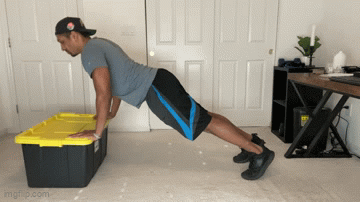

Related: Once you accomplish your very first push-up, give this guide on improving your chin-ups a try.
2A.) Reverse lunges

Here are a few things to know about reverse lunges:
- A further step back = hitting more glutes.
- A lot of people struggle with their balance when performing lunges. Here’s what I want you to do: Don’t think, “I should be stepping straight back.” Think, “I need to step back and a little out to the side.” You’ll have a wider base, which will make balancing significantly easier.
- It’s okay to have a slight lean forward, just make sure you’re keeping your spine neutral (not rounding your back).
2B.) Kneeling Arnold shoulder press
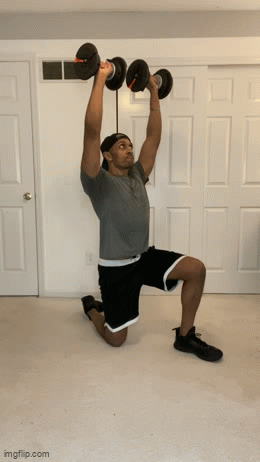
The Arnold press is a movement that hits all of the muscles in your shoulder.
Your core should be tight when doing Arnold press.
Again, a tight core = bracing like someone’s about to punch you in the stomach and clenching your butt cheeks together.
Also, be sure not to arch your back.
If the weight you’re using makes you do this, scale things back and go with a lighter weight that allows you to maintain proper form.
The main thing to look out for with Arnold press is a rounded back (make sure you aren’t doing that).
Bracing your core will prevent you from arching your back.
Zottman curl
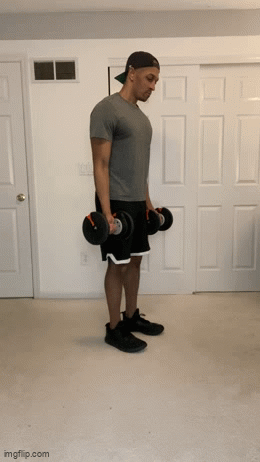
Rather than curl the weight up and down with your palms facing you the whole time, you’re going to curl the weight up with your palms facing you.
Then, at the top, twist the weight around so that your palms are facing away from you, and slowly lower the weight down.
It should take you around two Mississippi to lower the weight back down.
Like with traditional bicep curls, consider performing these up against a wall to prevent swinging or use of momentum.
The ONE strength training principle you need to be implementing
… Progressive overload.
Plants need sunlight to grow and you need progressive overload to see results.
Basically, progressive overload boils down to “doing more.”
Each time you go through this workout you want to try to lift a little bit more weight or squeeze out a couple more reps than you did the last time out.
Doing more places added stress on the body, which is good.
Your body adapts to the stress by building/preserving muscle mass.
Muscle = more fat loss and giving your physique that toned and more defined look.
FAQs about the workout
How often should I do this workout?
Full body workouts tend to be more taxing so I’d recommend going through this workout twice per week.
Make sure you’re taking at least 48 hours rest between workouts.
For example, if you go through the workout Tuesday morning you wouldn’t do it again until Thursday morning at the earliest.
Eventually, you may want to consider a training program where you workout more days a week.
Here are a couple dumbbell plans I’ve created that you can do both at home or in the gym:
3-day home dumbbell workout plan.
4-day home dumbbell workout plan.
How long will this workout take me?
Around 30 minutes, so you’re able to put in the work and then go on about the rest of your day!
How much weight should I lift?
As heavy as you possibly can, but keep in mind the term “heavy” is relative.
Your heavy may not be someone else’s heavy.
The weight you choose for a given exercise should be challenging, yes.
But you should still be able to maintain proper form.
Don’t sacrifice form to lift heavy.
A.) You set yourself up for injury.
B.) If your form isn’t right you won’t target the right muscles.
When should I increase the weight I’m lifting?
The double progression method is sweet because it tells you exactly when you need to go up in weight, and by how much
How hard should I push myself?
Each and every working set (this doesn’t apply to your warm up sets) should be taken 1-2 reps shy of failure.
That should come with a lot of gritting of teeth and pushing past physically and mentally uncomfortable feelings and sensations in the body.
Think of working out like this:
To achieve results, you have to learn to be comfortable with feeling uncomfortable.
If you’re doing things right, strength training is HARD.
But ya know something?
Growth and progress are on the other side of hard.

What's up?
I’m Chad, I’m happy you’re here! I’m a certified personal trainer and my goal is to help you form practical, sustainable habits that lead to lifelong fitness results. If you want to lose fat, build muscle, and live a healthier, happier life then you’re right where you need to be. 💪🏾
Free resources
⬇⬇⬇


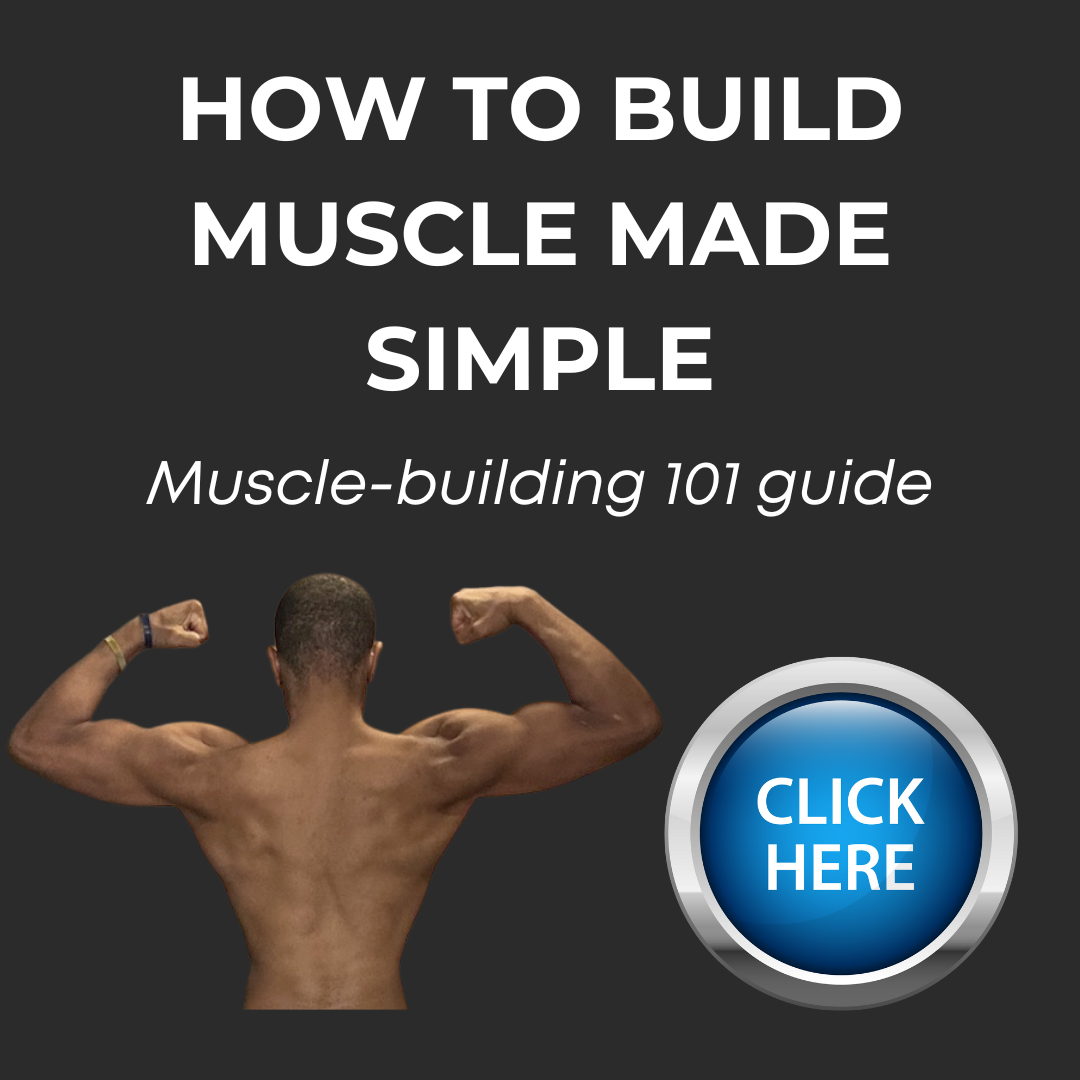
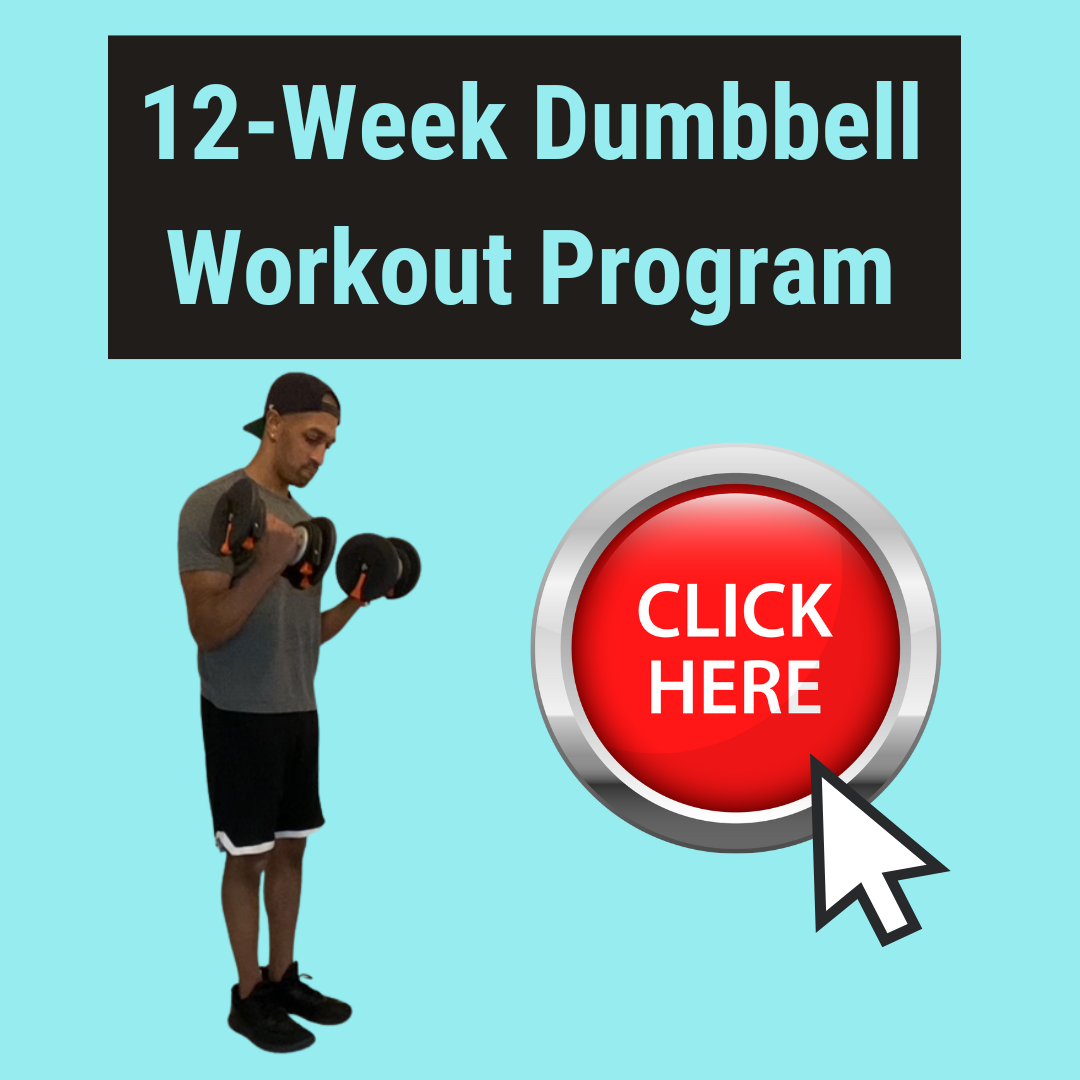


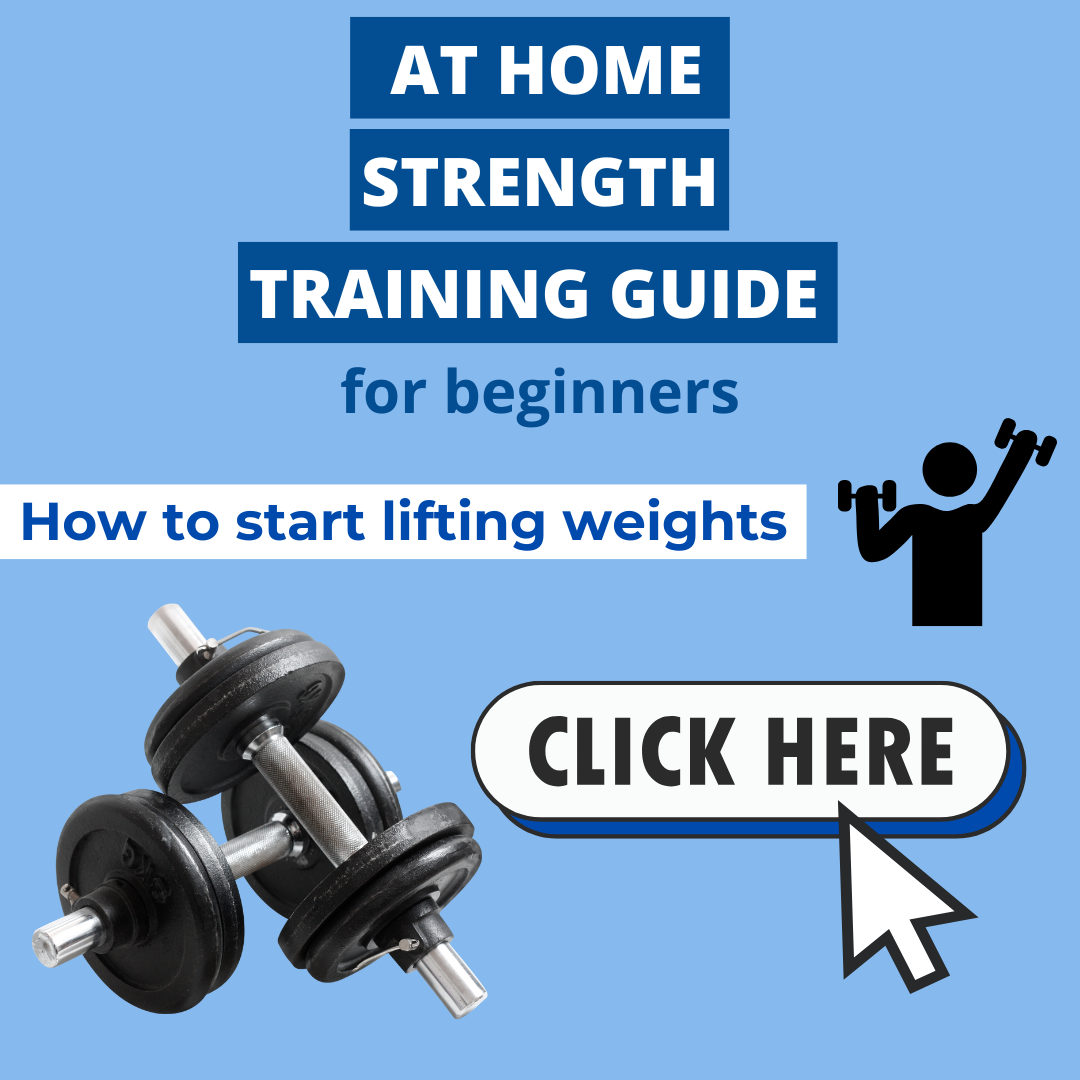



0 Comments